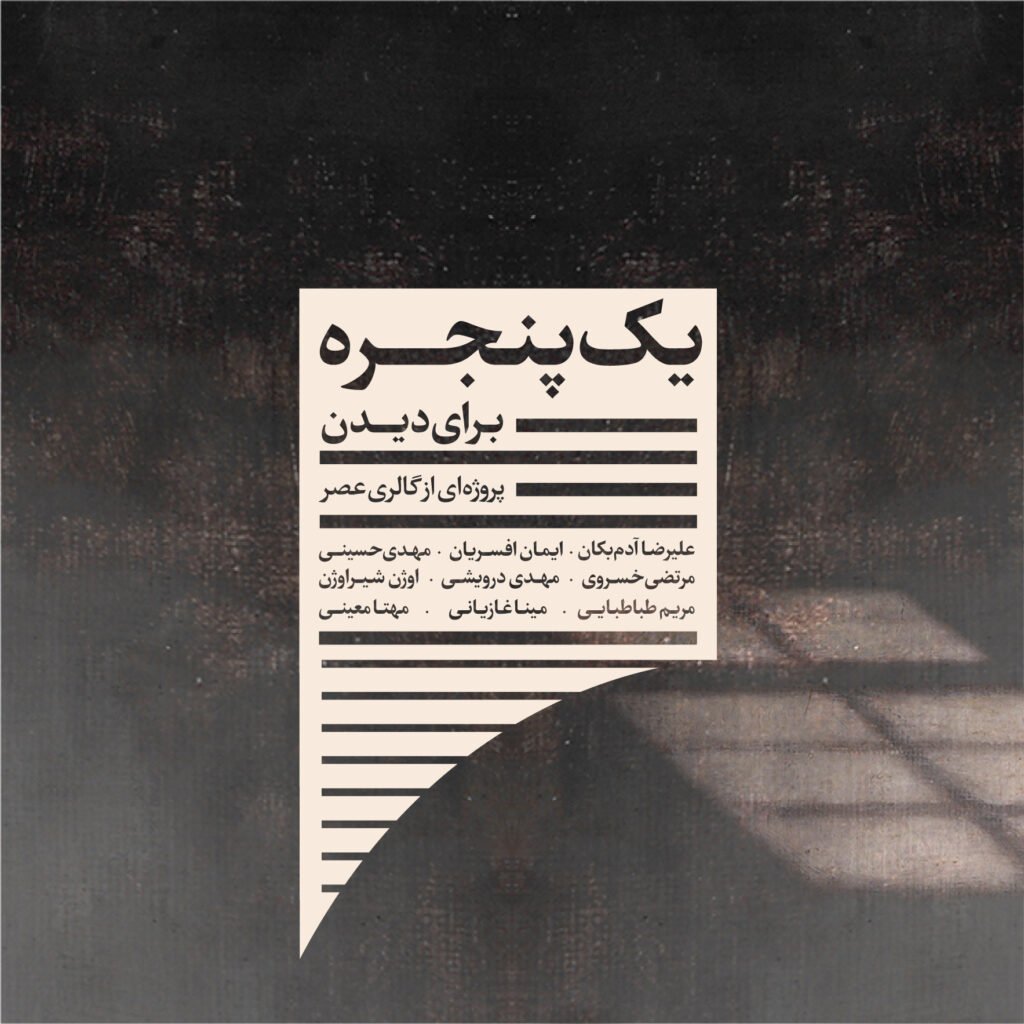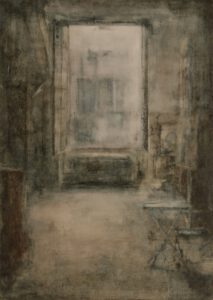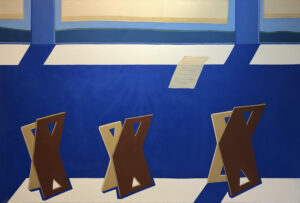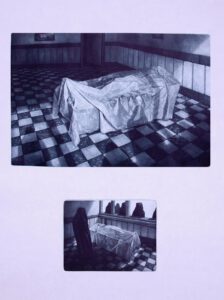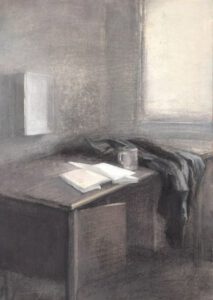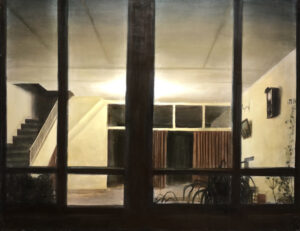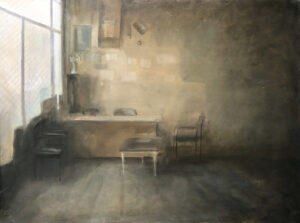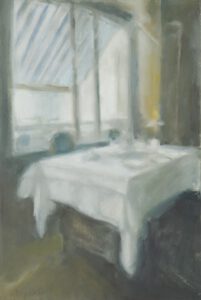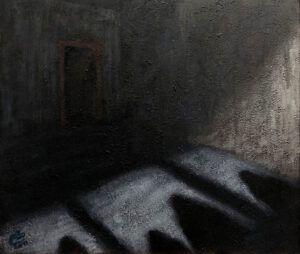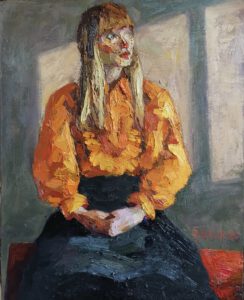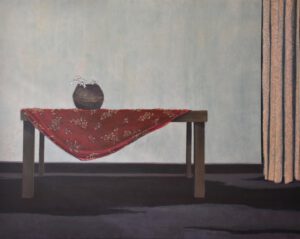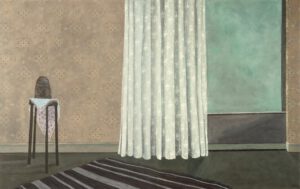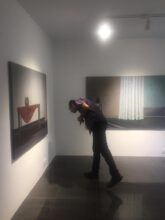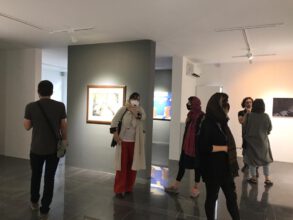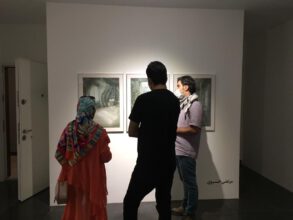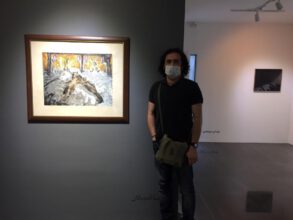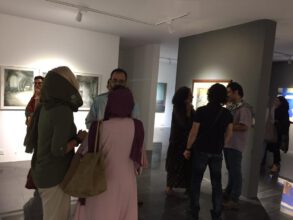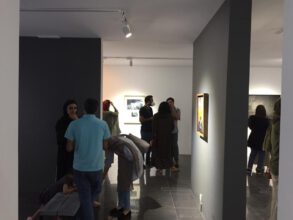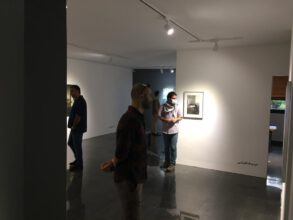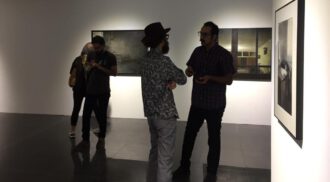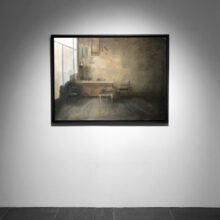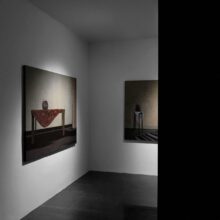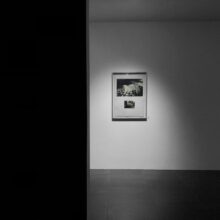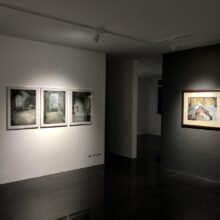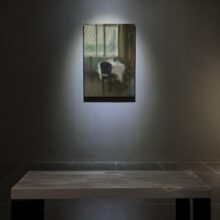A window to see
Group Exhibition
Openng
29May2020
Visiting Days
30May-16Jun
Visiting Hours
15-20

Statement
One window, one door, interior
Light shines from outside into the house
There is human or not…
This writing has been the subject of many works of art since ancient times, and every artist in every geographical area and in every school has paid attention to the charm of this subject at least once.
Now that in these special circumstances, we are all somehow locked in our homes (studios) and spend our days in it, more than ever this image is repeated to us and because of it it has become more attractive.
Text written by Shiva Bababigi, photographer, writer and critic about the exhibition
To say that I enjoy standing in front of a picture of a house mounted on a gallery wall after a long period of having to live indoors is quite a confession. A harsh confession that expresses my contradicting feelings about these familiar walls that sometimes surround me like a prison. The days we are living, however, are home days. We see historical moments in which time stands still and we are back to where we started; Home!
This query was written under the pretext of reopening the galleries and in description of exhibition “A Window to See” at Asr Gallery.
The introduction of this exhibition states:
“A window, a door, an interior / light that shines from outside into the house / is there a person or not…”
This idea has been the subject of many works of art for quite some time, and every artist in every geographical area and in every school has paid attention to the charm of this subject at least once. Now that in this special situation, we are all somehow locked in our homes (studios) and spend our days in it, this image has been repeated to us more than ever and has become more attractive because of it.”
The home can perhaps be considered a contrasting concept in comparison to the city. Home, within a mythified imaginary, is the sanctuary of tranquility in the heart of a bustling city.
If the home is an imaginary place of tranquility, then the age of “at-home-living” should be called the age of tranquility, but this comparison may not be very true.
The home and the people of the home in a complex relationship with one another create an intertwined system of meaning that affects them interchangeably; The inhabitants of the house on the meaning of the home, and the meaning of the home on the formation of the mentality of its inhabitants. If this myth fails, the home takes on other forms. A friend, a cafe, or maybe anything and everything is rushing to fill in the gaps.
It was a different experience for others, as it provided a platform for emotions that one was accustomed to fleeing to take refuge in the heart of the city. Meaningless houses that do not call their occupants are definitely very different from our ideal idea of a home.
The abstract concept of the home is born of the contrast between the ideal home and the real urban house. It may seem strange at first glance to see a portrait of a woman among the paintings of the interior of the house (Eugene-Shiragen?’s painting), but the cities, with all their contradictions, immerse themselves in the pre-Corona pandemic and provide the space to create these abstract concepts.
Hence, the word redefines its meaning in the present time. The home becomes a subject that, in addition to painters and curators, also persuades sociologists and philosophers, etc., to refer to it and seek to extract its various meanings.
Now, even if the artist paints a representative image of his house, we are faced with something beyond the aesthetic logic of everyday life. The still life in front of us is no longer just praise of the ordinary and repetitive of every day, but an imagined perception of space that the artist tries to visualize with all the tools at his/her disposal to make it look like what it really is; Violent, daunting, nostalgic, or spiritual and even mundane…
The juxtaposition of such different outlooks in a collective also reflects their cultural context; A culture that praises the classic image of the home and its occupants and emphasizes its values. Now, this culture is faced with a representation of a home that is generally depicted as uninhabited in the first place; Empty of family, which is the main pillar of the ideal image of any home. This absence creates a sense of emptiness that is sometimes displayed in a melancholy manner in fear of death and nothingness (painting by Mehdi Darvishi), sometimes accompanied by a sense of nostalgia (Maryam Tabatabai, Iman Afsarian) and sometimes persuades the audience to try and discover a hidden intuition of the home with the artist (Morteza Khosravi), as if for each house there’s a different way of understanding.
However, a point that seems common to all the paintings in this collection; The presence of something is beyond a still frame, a feeling of discovery of an imagined time.
It is as if these paintings have been able to depict the long passing of time; This is more related to the essence of painting and its main difference with the medium of photography. It seems that the house in the artist’s mind is full of nostalgia, nostalgia for something lost. The recording of time even signifies this longing – a feeling that the photograph lacks because of its instantaneousness – a loss that man, in his turbulent past, sought to find in the heart of glamorous streets and human relations, must now be sought for within these walls.
Perhaps the first step in finding this missing point is to capture the home scene. An entrance to the perception of a near, but at the same time very distant, space that the artist’s attempt to ignore confirms the importance of this; Similar to the common cliché of psychological melodrama stories, the protagonist is forced to confront himself when he returns to his childhood home, whether or not that confrontation leads to something or not.

